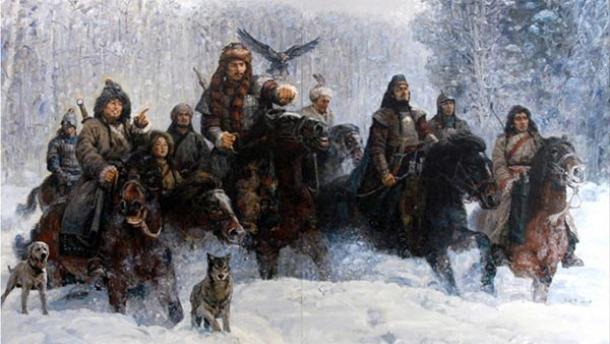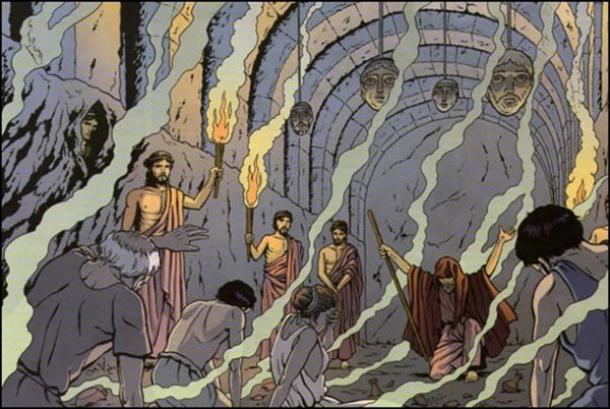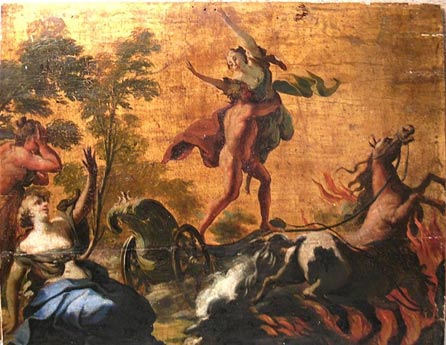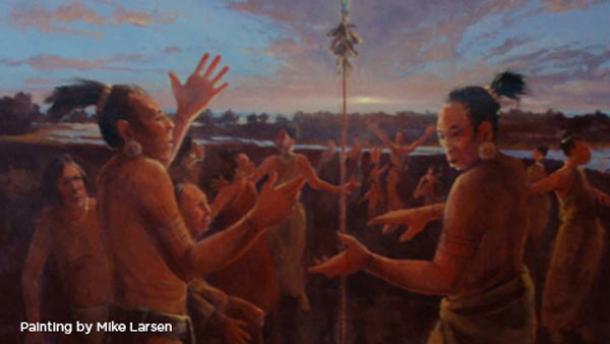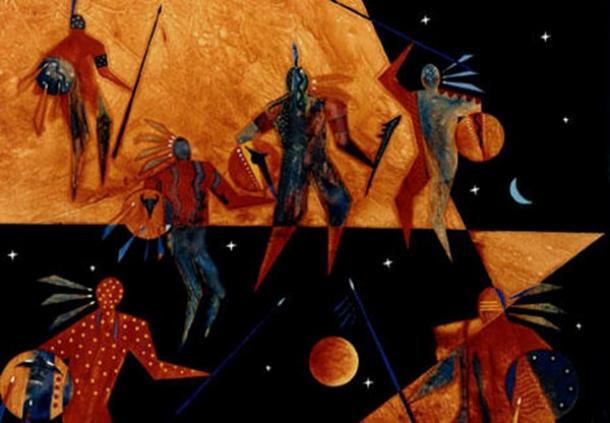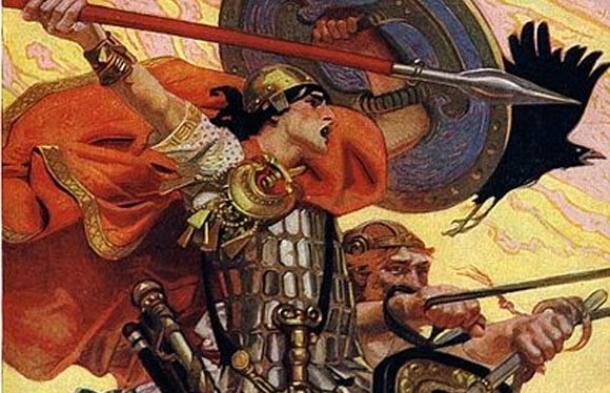
Cu Chulainn is one of the most famous Irish mythological heroes. He appears in the stories of the Ulster Cycle, and Scottish and Manx folklore. He was said to be the son of Deichtine and the god Lugh, and the nephew of Conchobar mac Nessa, the King of Ulster. His given name at birth was Setanta but he gained the name Cu Chulainn, meaning ‘Culann’s Hound’ after he killed a ferocious guard dog belonging to a smith named Culann. Cu Chulainn offered to take the place of the guard dog until a replacement could be reared.






